In the following commuting diagram, I would like to draw a box containing the bottom triangle defined by nodes D, E and F. Do you know how I could do that?
\documentclass{article}
\usepackage{amsmath}
\usepackage{tikz-cd}
\begin{document}
\[
\begin{tikzcd}[row sep=2.5em]
& \text{A} \\
\arrow[rightarrow]{d}{R_4}\text{B} \arrow[leftarrow]{ur}{R_1}
\arrow[dashed,leftrightarrow]{rr}{R_3} && \text{C} \\
\arrow[leftrightarrow]{rd}{R_1}\text{D}\arrow[leftrightarrow]{rr}{R_3} & &
\text{E} \arrow[leftrightarrow]{ld}{R_2}\\
& \text{F} &
\end{tikzcd}
\]
\end{document}

